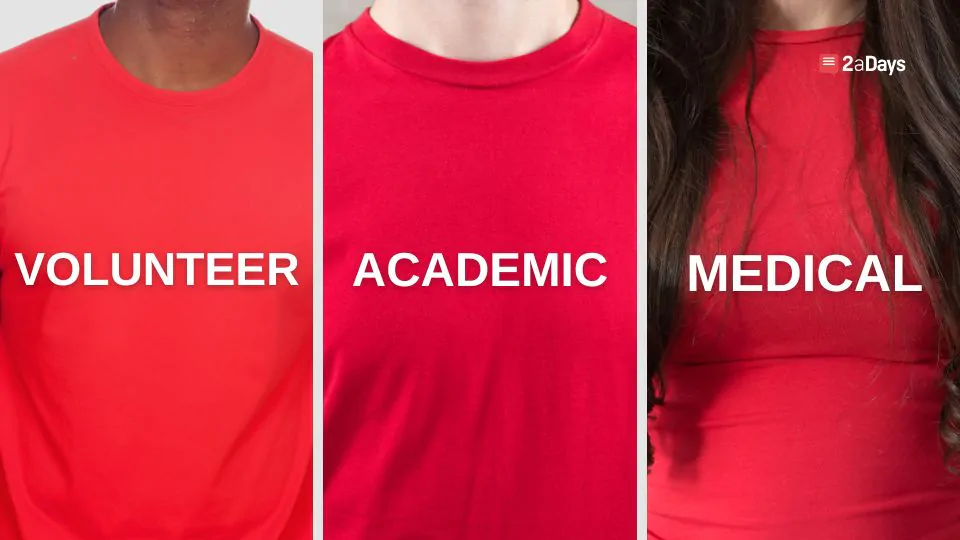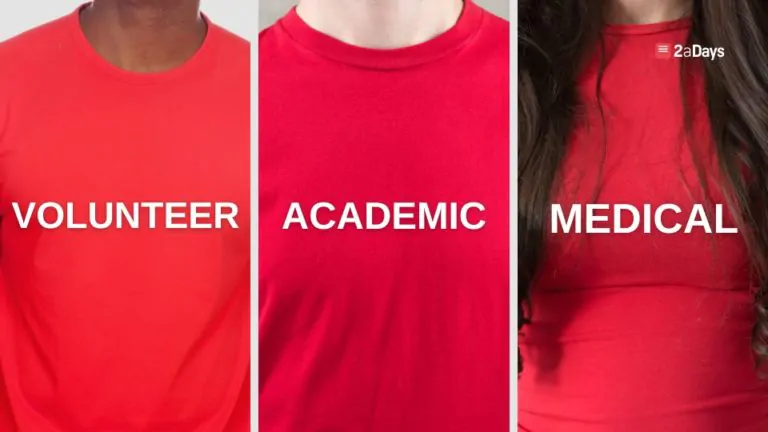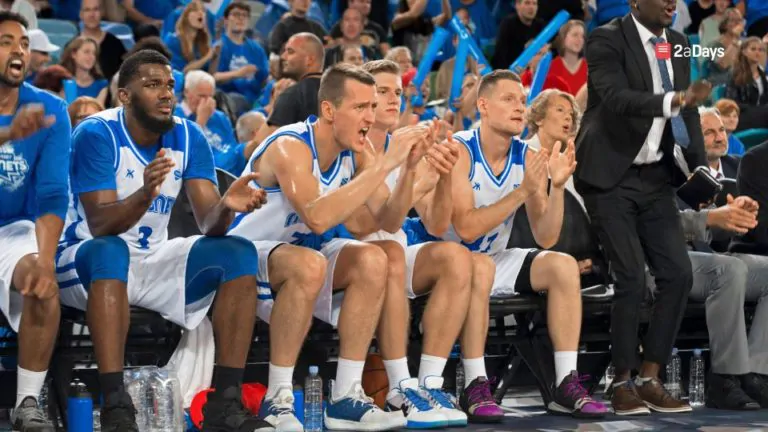Outside of college sports, the term “redshirt” has little meaning, but for college athletes, it can have different meanings and utility depending on where you come from. Collegiate coaches can also use redshirting to help with roster construction, depth, development of fundamentals, or to save a year of eligibility for an injured player. However, the focus of this piece is for the athlete: what is redshirting, how common it is, and how you can use it.
What is Redshirting?
As you look forward to joining the collegiate ranks, you have so many options regarding how you might spend the next period of your life. Redshirting at its core allows college athletes to maintain athletic eligibility while still reaping the benefits of a scholarship–like practicing and conditioning with your team and getting ahead in the classroom–without the pressure and strain of competing. Redshirting offers advantages like having a year to mature, to get comfortable on campus, and to allow an athlete to pursue academic opportunities like a Master's or other graduate degree while still on scholarship. Acclimating to college life is no small task, and not traveling with the team can allow an athlete to up their GPA with core classes, or take the most difficult required classes to avoid time management issues that come with a full travel and competition schedule.
However, redshirting is not all rose-colored glasses–at the end of the day, redshirting means you'll have to delay the gratification that comes with playing sports. People cheering you on is a feeling like no other so an athlete may feel like taking a redshirt is not being a team member or that not competing with their peers can ostracize them. The most important thing to remember is that any redshirt decision should be yours. Seek advice from those you trust, from career consultants at the university, your coaches, and make the decision best for you.
Related: Is Redshirt the Right Option for You?
The key definition to remember with redshirting is that it allows an athlete five years to use the equivalent of four years of athletic eligibility. There are a few different ways to achieve this, and though military and religious redshirts have happened, they are not as common as voluntary, medical, and academic redshirting, which will be discussed here.
Voluntary Redshirting
Redshirting can be great, but it's important to remember that it can also be used to take advantage of you, as some coaches may break promises made during recruitment. For instance, as Morgan Hollenback relayed, her recruitment versus actual experience with Syracuse lacrosse could not have been more misleading–she was told there was a place for her on a top-flight roster, yet as soon as she stepped on to Syracuse's campus, her coaches asked her to voluntarily redshirt. Her place was on the bench, along with half of the incoming freshman class (6 of 12). Once the season started in the spring, a non-redshirt freshman approached and communicated “that a 5th year senior advised her not to be friends with the redshirts because ‘it's a waste of time and they will never play.'” There was a distinct lack of communication of what redshirting would mean for them, and by the start of senior year, four out of the six redshirts were no longer playing lacrosse at Syracuse.
Related: Rate your Coaches, Facilities, and Campus Visits
Although the case for Morgan went poorly, voluntary redshirts can work for both the university and the athlete. The keys are clear communication from the coaching staff and self-awareness of the athletes to know what they want for themselves.
Medical Redshirting
Obviously, no person plans on obtaining a medical redshirt at the beginning of their college career. However, when playing sports at a higher level than before, injuries can and do happen. A medical redshirt can save the year of eligibility you might have lost due to injury. Sometimes it can be caused by pushing yourself too hard, not conditioning yourself to optimal levels, or just bad luck.
Related: How Does the NCAA Medical Redshirt Work?
Due to a rule change in 2018, the requirements for a redshirt have changed. According to the Senior Associate Athletic Director for Compliance, Scott Young, the NCAA has two requirements for a medical redshirt: The injury must have occurred in the first half of the season and the athlete must have competed in less than 30 percent of the season. You must provide documentation of the injury and it must be considered “season-ending.”
Academic Redshirting
In hopes of achieving a brighter academic future for its athletes, the NCAA created the academic redshirt, which can happen when a player meets a university's academic standards, but is not up to the NCAA-required cumulative GPA of 2.3. While other redshirts may be applied during the athlete's college career, the academic redshirt is determined by high school transcripts. As long as they maintain a 2.0 GPA, they can qualify for and receive an athletic scholarship, but if below 2.3 the athlete will be on an academic redshirt.
Related: 5 Reasons Grades are Important as an Athletic Recruit
In this situation, you are still allowed to practice with your team, but you are not allowed to play in any match, official or exhibition, for the academic year. This is where I, as a college student, implore you to use the help of tutors and advisors at your university. They are in place for your benefit as an athlete, and can help tremendously. Once the year has passed, hopefully your GPA has increased, and you may start the clock on your athletic eligibility of four years. Here is a sliding scale to calculate the GPA, SAT, and ACT requirements of eligibility.
A circumstance to note here is that should an athlete require an academic redshirt, return to the team, and then sustain a season-ending injury, the athlete may use a second redshirt. The athlete, despite two years of academic progress, will not have lost any athletic eligibility.
So should you redshirt? That's up to you–and as long as you know the facts and communicate well, you can be empowered to make the right choice for your unique circumstance.
Have an idea for a story or a question you need answered? Want to set up an interview with us? Email us at [email protected]
* Originally published on January 3, 2023, by Thomas Walker







